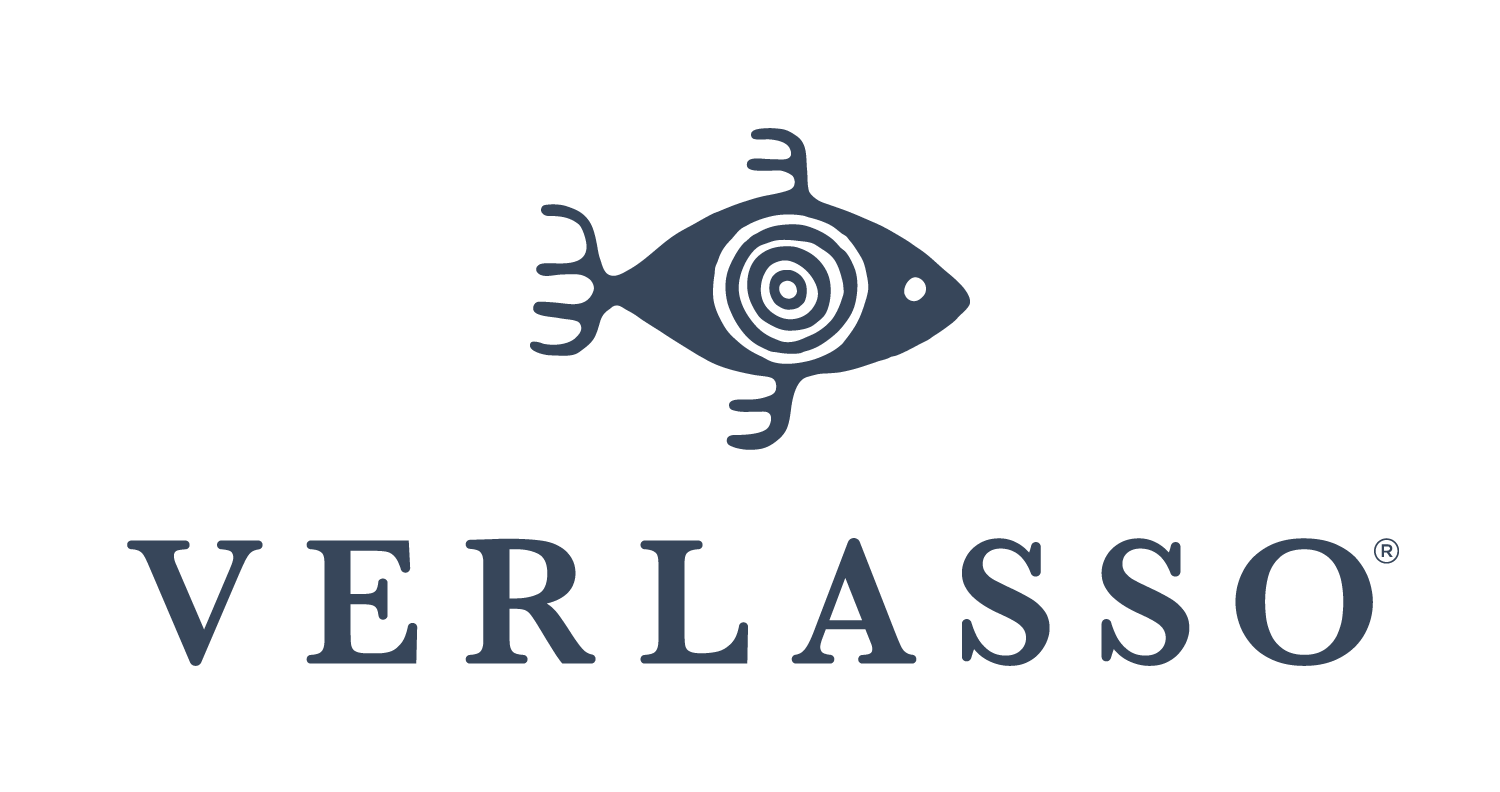When browsing the supermarket aisle, you may keep an eye out for certain labels – perhaps the green “organic” seal, the “fair trade” stamp, or the little frog standing for “Rainforest Alliance Certified.”
For seafood, though, what are the labels to look for? How do you know what is sustainable and what isn’t? The best thing to do is follow a trusted non-profit organization that focuses on ocean and human health.
The role of Seafood Watch and other organizations like the Marine Stewardship Council, the Aquaculture Stewardship Council, Best Aquaculture Practices (B.A.P.), FishChoice, and Ocean Wise is to dig into a fishery or farm, file reports on how it’s being managed, and then rate them so people can make healthy, sustainable choices.
Why is Seafood Watch the app to download?
Monterey Bay Aquarium’s Seafood Watch is the largest organization with the broadest reach. Over 50 million people have picked up their sustainable seafood pocket guides and millions of others have downloaded their app! They have become the go-to-source for determining which seafood options should land in your cart or on your plate.
By entering the species and country of origin on the Seafood Watch app, you can easily see whether that type of seafood is ranked as green (“Best Choice”), yellow (“Good Alternative”), or red (“Avoid”). They base their recommendations on a range of data gathered by a team of over twenty scientists and aquaculture experts who weigh factors like fish population, farm and fishery management practices, and the operation’s impact on the local habitat and other species.
How do the various seafood guides differ?
While all of these organizations and their respective guides shine a light on the best seafood to eat, they do specialize in different areas. For example, certain non-governmental organizations (NGOs) may have expertise in an area such as shrimp farming – in this case, Seafood Watch may defer to their rating.
Less than a decade ago, most of these organizations did not exist and they certainly did not work collaboratively. Given the growing demand of ocean resources, these NGOs often share information and streamline their efforts.
What role are chefs playing?
Chefs are forging new ground when it comes to sourcing and advocating for sustainable seafood.
For Chef Eric Gephart, the Chief Culinary Officer at Kamado Joe , knowing the history of each fish and its navigation throughout the entire food chain is vital.
“This transparency and data allow us to tell the story of sustainability from a place of fact versus opinion,” he says.
“Armed with traceability, small positive changes in our food system can yield huge results.”
Photo credit: Chef Eric Gephart
How can you make the best seafood choices?
At the end of the day, our seafood purchases will determine the health of our oceans and planet.
The reality is that we cannot open up a menu and assume that the restaurant has done the heavy lifting for us when it comes to proper sourcing (unless it’s stated that they do, of course!).
Instead, we must look for menus and seafood counters that proudly display the logos of organizations that we trust. Thanks to the watchdog organizations, brands, chefs, and retailers advocating for transparency, that task is becoming increasingly easier.
At Verlasso, we are committed to raising awareness around the need for seafood traceability and making it easy to always trace our fish. On each of our salmon, we include a gill tag with a QR code– when you scan the tag, you’ll immediately know the fish’s life story and learn how it was responsibly raised.
Now take action!
Download the Seafood Watch app here and then tell us – what burning questions or thoughts do you have about buying and ordering sustainable seafood? Share them with us on Twitter!




